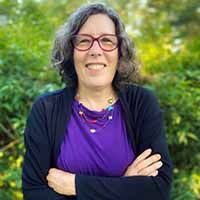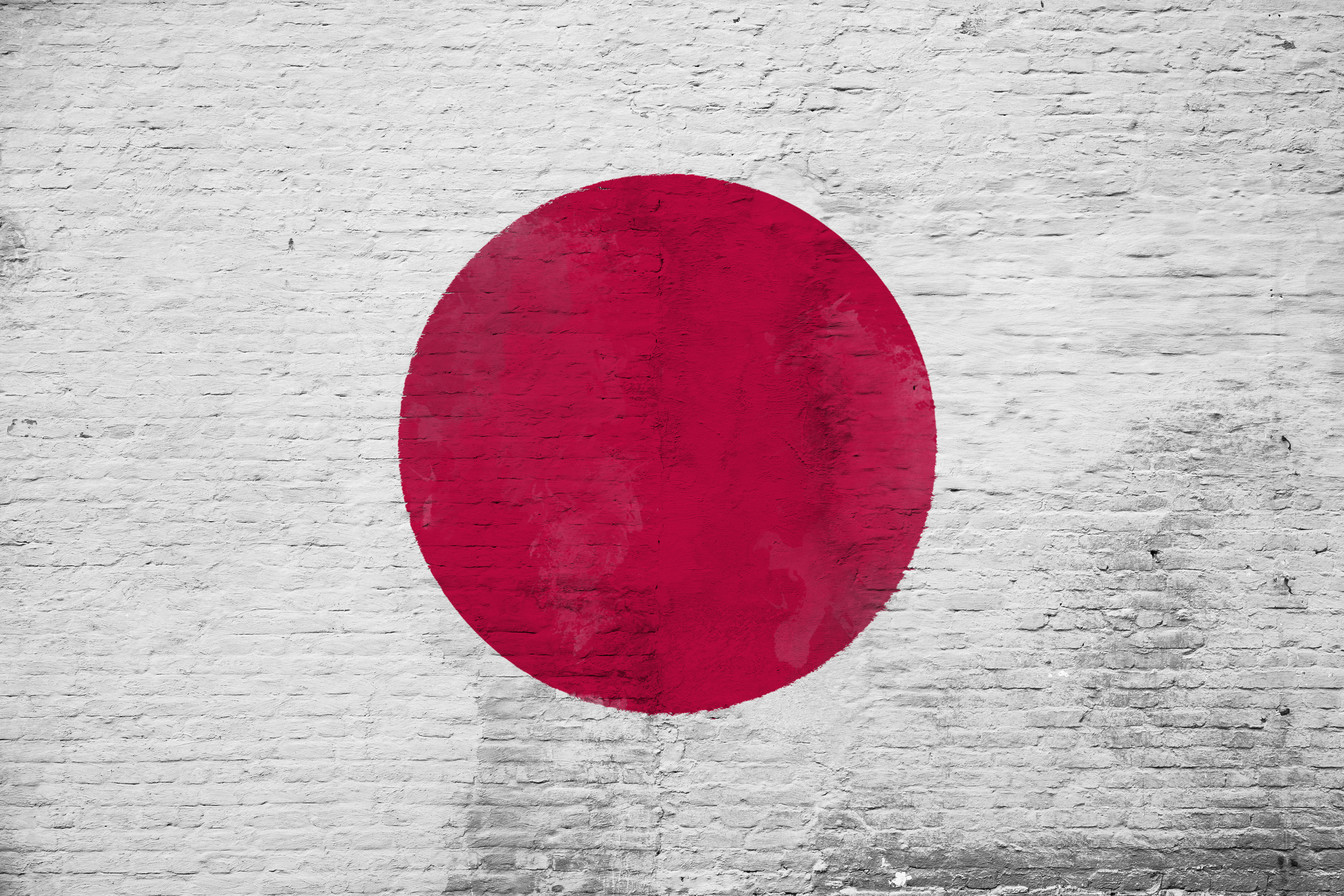
The last time Japanese stocks truly sizzled, you could buy a U.S. postage stamp for 25 cents (less than half the cost now) and George Bush (the first one) was in the White House. The Nikkei Stock Average fell more than 75% from its December 1989 peak through September 2012 and still trades below its 34-year-old high.
But many experienced investors, including Warren Buffett, are returning to the market, an indication that it might be time for U.S. investors to rediscover what is, after all, the world's second-largest stock market and third-largest economy. Especially now, "Japan should be part of your portfolio," says Matt Lamphier, director of research for First Eagle Investments, an investment management firm.
The brave souls who bought in a decade ago have profited handsomely. The 225 stocks in the Nikkei have returned more than 11% annualized, on average, about double the return of the MSCI EAFE Index of companies based in developed nations outside the U.S. And since the beginning of this year, the Nikkei's 28.3% total return is handily beating the S&P 500's 20.7% (Prices, returns and other data are as of July 31, unless otherwise noted.)
From just $107.88 $24.99 for Kiplinger Personal Finance
Become a smarter, better informed investor. Subscribe from just $107.88 $24.99, plus get up to 4 Special Issues

Sign up for Kiplinger’s Free Newsletters
Profit and prosper with the best of expert advice on investing, taxes, retirement, personal finance and more - straight to your e-mail.
Profit and prosper with the best of expert advice - straight to your e-mail.
The momentum should continue, says Jeffrey Kleintop, chief global investment strategist at Charles Schwab. It's true that Japan's aging demographics will likely keep economic growth modest. But the government's long effort to strengthen the economy and stanch deflation appears to finally be working. Prices and wages in Japan have started rising. The country's gross domestic product (GDP) is on pace to increase 1.4% this year. Efforts to broaden global supply chains beyond China are sparking new foreign investment in Japan. And many Japanese companies are finally responding to pressure from investors and stock exchange overseers to return more profits to shareholders.
Unlocking the value in Japanese stocks
Schwab estimates that, in a country where 10-year bonds are paying less than 0.6% and the yield on two-year bonds is slightly negative, companies are sitting on $2.5 trillion in cash. Low stock prices and big cash hoards mean that many Japanese stocks – more than 40% of them, says Schwab – are trading at prices that add up to less than the book value of the business. (Book value measures a company's tangible assets and represents the value shareholders would receive if the company were to be liquidated. Stocks in the S&P 500 trade at an average price of four times their book value.)
In January, the Tokyo Stock Exchange announced it would ask companies trading below book value to develop a strategy to improve their capital management. As a result, "there is a new commitment to returning more value to shareholders," Kleintop says. "This is the main driver lifting Japan's stocks this year." Many firms have reinstated or raised dividends, and stock buybacks hit a new record in the first quarter of 2023, Kleintop notes.
How should investors find their way back to Japan? Carefully. Although Japanese stocks are, on average, still a bargain when judged against several U.S. stock price measures, the recent run-up has brought the average Japanese stock price close to the country's historic average price-earnings multiple of 15.5 times expected earnings. Watch for dips or buy in over time to take advantage of volatility. And, says Kleintop, "this is a time to be broadly diversified."
You may have some exposure to Japan already. Japanese stocks make up 22% of the MSCI EAFE Index, for example, a popular benchmark for global and international index funds. But because of Japanese stocks' history of underperformance, many managed international funds have minimized their investments in Japan. If you are interested in adding some Japan-specific funds to your portfolio, consider these four.
4 ways to gain exposure to Japanese stocks
WisdomTree Japan Hedged Equity
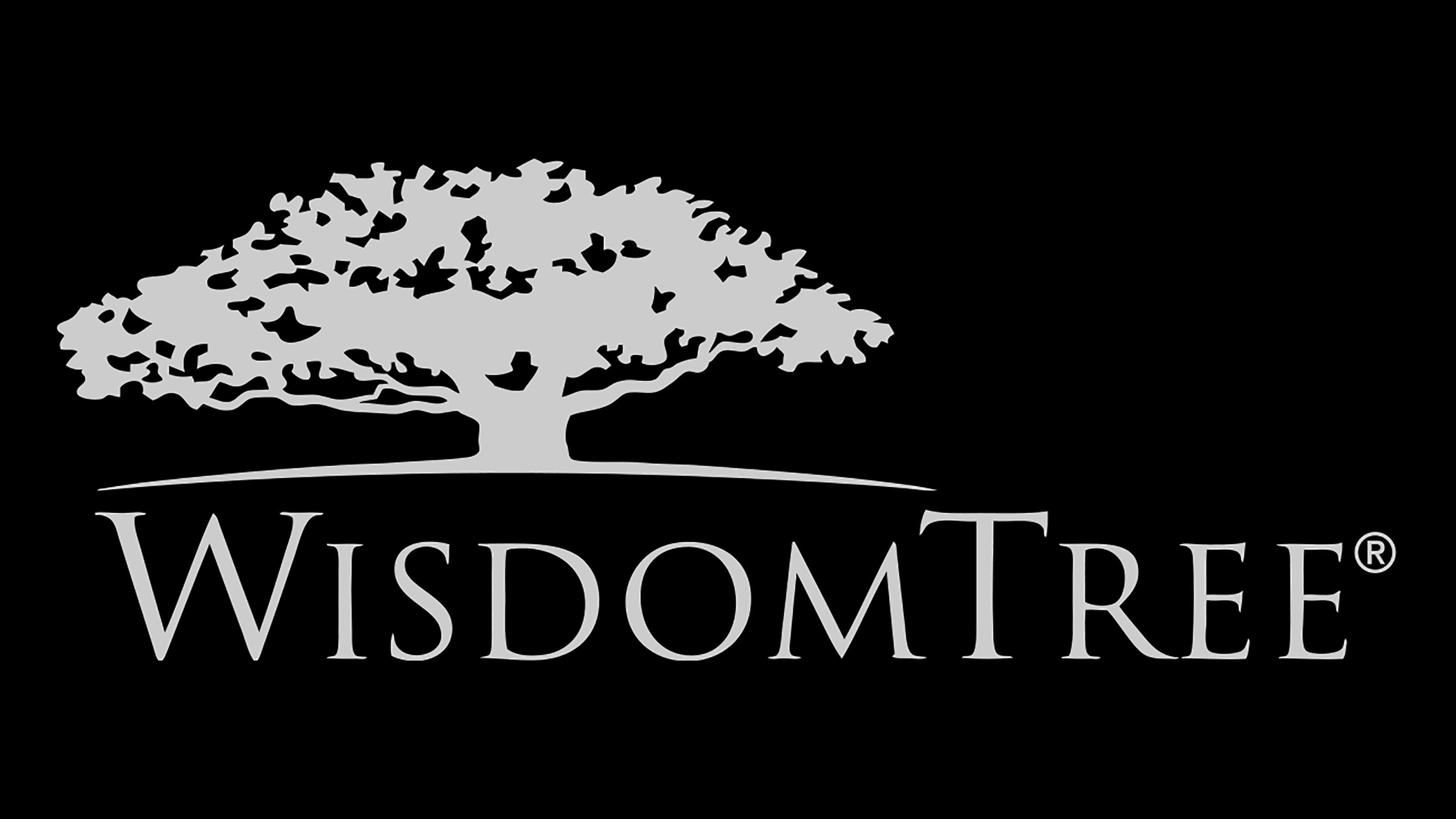
Overall, the lowest-cost and simplest way to invest in a diversified basket of Japanese stocks is through a fund that tracks an index of Japanese stocks. The best-performing Japan-focused fund over the past several years has been the WisdomTree Japan Hedged Equity (DXJ). This exchange-traded fund has $2.7 billion in assets and charges an expense ratio of 0.48%. WisdomTree uses a proprietary index that focuses on factors such as dividend payouts and export revenues rather than company size. As a result, the portfolio has a 19% stake in small and midsize firms.
The fund is also notable for hedging currency swings, protecting U.S. investors against losses when the value of the yen drops against the dollar. Because the Federal Reserve has been raising U.S. interest rates, and the Bank of Japan has been keeping its interest rates low to stimulate inflation and economic activity, the value of the yen has plunged from about 1 cent in mid-2020 to about 0.7 cent in midsummer. As a result, WisdomTree's currency-hedged fund has dramatically outperformed its unhedged competitors, ranking in the top 1% of its category (Japanese stock funds) for 2021, 2022 and so far in 2023, according to research firm Morningstar. It has returned an average of 11.8% over the past five years – more than triple the category average.
Of course, currency hedges could dampen returns relative to unhedged funds if the dollar starts to fall against the yen. But hedging allows investors to take currency swings out of the equation and focus just on the potential for stock returns.
WisdomTree Japan Hedged SmallCap Equity

Japan's small-company shares are attractive to foreign investors because of comparatively low valuations, high dividend yields and steady returns, says Jeff Weniger, WisdomTree's head of equity strategy. "Everybody assumes investing overseas is riskier. That hasn't been borne out." Historically, he says, the volatility of Japanese small-cap stocks has been lower than the volatility of U.S. small caps. The WisdomTree Japan Hedged SmallCap Equity's (DXJS) holdings are trading at an average of just 80% of book value – many with cash hoards that bode well for coming dividends or buybacks, Weniger says.
Japan Hedged SmallCap Equity is one of the broadest small-cap offerings available to individual investors. It consists of 739 stocks with positive earnings and market values ranging from about $100 million to more than $4 billion. The fund has an expense ratio of 0.58% and has returned more than 27% in the first seven months of 2023, putting it in the top 18% of similar funds, according to Morningstar. It ranks in the top 20% over the past one, three, five and 10 years.
Fidelity Japan

One of the best-performing actively managed, Japan-focused mutual funds (available to individual investors) over the past three- and five-year periods is Fidelity Japan (FJPNX). Portfolio manager Kirk Neureiter's heavy investment in tech stocks (23% of assets) has benefited from the tech industry's search for suppliers based outside of China. Yet, Japanese tech firms are generally trading at lower price-earnings multiples than similar tech companies in the U.S., he notes. For example, semiconductor company Renesas Electronics (RNECY) is one of the fund's top five holdings. The stock also trades in the U.S. as an American depositary receipt. The ADR has doubled in the past 12 months but trades at about 19 times expected earnings, compared with an average 31 times for stocks in the S&P Semiconductor Index.
Neureiter says he is engaging with executives to advocate for more shareholder-friendly policies. For most of the past 25 years, executives would defend cash hoards by saying it was necessary to plan for emergencies. "They would say, 'You never know when Mt. Fuji is going to erupt,'" recalls Neureiter. "But executives are now taking on the message" about returning more cash to investors. "We are very excited" about the potential for added returns, he says.
The Fidelity fund has ranked in the top half of its category for four of the past five full years. It has returned an average of 4.3% annually over the past five years, putting it in the top 21% of similar funds. It charges an expense ratio of 1.13%.
T. Rowe Price Japan

The T. Rowe Price Japan (PRJPX) mutual fund has lagged its competitors since 2021 in part because of its focus on growth-oriented companies at a time when value-priced fare has tended to outperform. Manager Archibald Ciganer keeps about 70% of the portfolio in stocks he thinks have healthy earnings-per-share growth prospects. The fund's top holding is Keyence (KYCCF), which provides automation to factories. Analysts expect earnings per share to increase at an annualized rate of 8% over the next three to five years. Though the fund holds Japanese shares, the stock trades in the U.S. as an ADR and has returned nearly 16% over the past year.
The rest of the portfolio, about 30%, is invested in companies whose stocks are poised to benefit from changes in corporate governance policies to return more profits to shareholders, says Dan Hurley, a spokesman for the fund. Top-10 holding Hitachi (HTHIY), a diversified conglomerate with $8.7 billion in cash, raised its dividend by 20% in May. The ADR has returned more than 18% over the past three months. The possibility of cash bonanzas "creates a lot of excitement," Hurley says.
The fund charges 1.02% in expenses. It has returned 7.0% over the past year – a little less than half of the category average. But the fund is worth considering for patient investors.
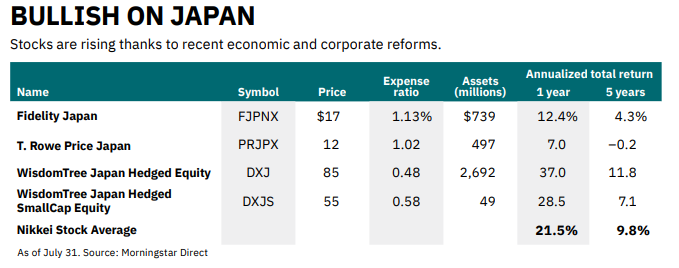
Note: This item first appeared in Kiplinger's Personal Finance Magazine, a monthly, trustworthy source of advice and guidance. Subscribe to help you make more money and keep more of the money you make here.
Related content
Profit and prosper with the best of Kiplinger's advice on investing, taxes, retirement, personal finance and much more. Delivered daily. Enter your email in the box and click Sign Me Up.
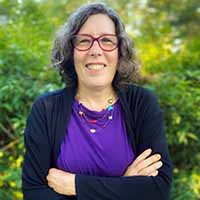
Kim Clark is a veteran financial journalist who has worked at Fortune, U.S News & World Report and Money magazines. She was part of a team that won a Gerald Loeb award for coverage of elder finances, and she won the Education Writers Association's top magazine investigative prize for exposing insurance agents who used false claims about college financial aid to sell policies. As a Kiplinger Fellow at Ohio State University, she studied delivery of digital news and information. Most recently, she worked as a deputy director of the Education Writers Association, leading the training of higher education journalists around the country. She is also a prize-winning gardener, and in her spare time, picks up litter.
-
 Countries That Will Pay You to Move: Cash Grants, Incentives and What to Know
Countries That Will Pay You to Move: Cash Grants, Incentives and What to KnowExplore real relocation incentives — from cash grants and tax breaks to startup funding — that make moving abroad or to smaller towns more affordable and rewarding.
-
 Mortgage Protection Insurance: What It Covers and When It Makes Sense
Mortgage Protection Insurance: What It Covers and When It Makes SenseHow mortgage protection insurance works, what it costs, and when it’s actually useful in a financial plan.
-
 How to Use Your Health Savings Account in Retirement
How to Use Your Health Savings Account in RetirementStrategic saving and investing of HSA funds during your working years can unlock the full potential of these accounts to cover healthcare costs and more in retirement.
-
 Don't Trade After-Hours Without Reading This
Don't Trade After-Hours Without Reading ThisAre you a night owl or an early bird with a yen for active trading? Before you transact after-hours, consider these tips and potential traps.
-
 A Contrarian Approach Pays Off for This Bond Fund
A Contrarian Approach Pays Off for This Bond FundThe Dodge & Cox Income Fund has outperformed in 2025 thanks to its managers' fearless approach.
-
 Where to Stash Cash as Yields Fall, According to Advisers
Where to Stash Cash as Yields Fall, According to AdvisersYour best options depend on how soon you'll need the money and your tolerance for risk.
-
 My Top 10 Stock Picks for 2026
My Top 10 Stock Picks for 2026Each year, we ask an expert to pick 10 stocks that have the potential to beat the market over the next 12 months. Here are his choices for 2026.
-
 We're Still Bullish on Stocks
We're Still Bullish on StocksWe're still bullish on stocks for 2026, but now is the time for investors to pull in their horns and dial down risk.
-
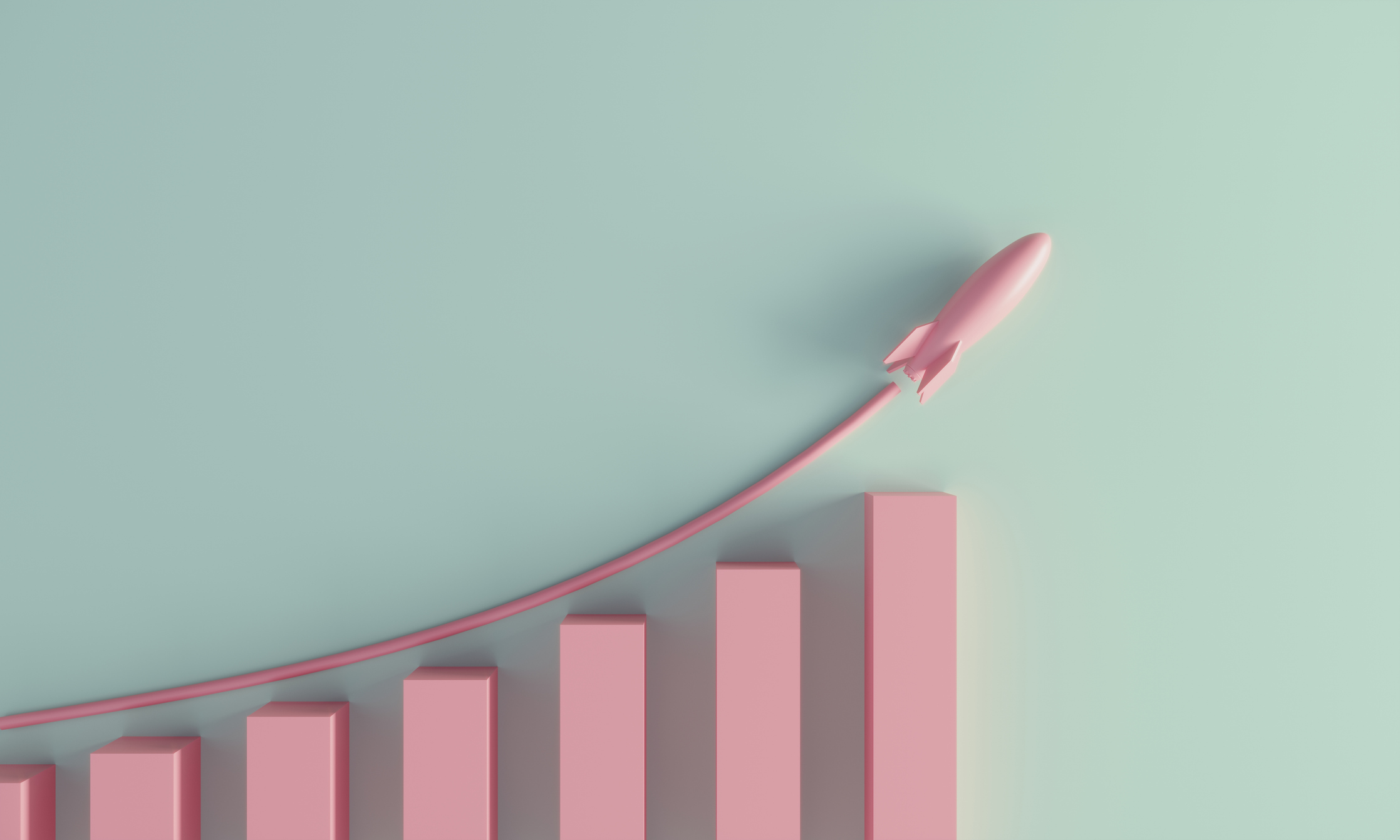 Stocks That Could Take Off in the New Year
Stocks That Could Take Off in the New YearThere are three areas of potential in the 2026 stock market.
-
 Changes Are Coming for This Invesco Bond Fund
Changes Are Coming for This Invesco Bond FundThe Invesco BulletShares 2026 Corporate Bond ETF's bonds will mature in 2026. Here's what investors should do.
-
 Why You Should Pay Attention to Company Guidance
Why You Should Pay Attention to Company GuidanceUnderstanding how corporate profit forecasts affect analysts’ estimates and stock ratings can help you make investment decisions.
